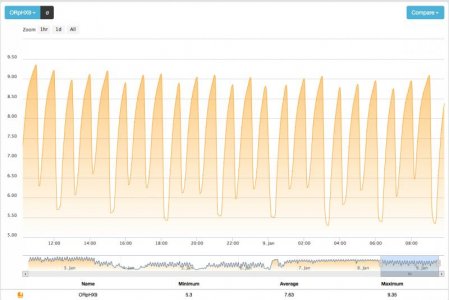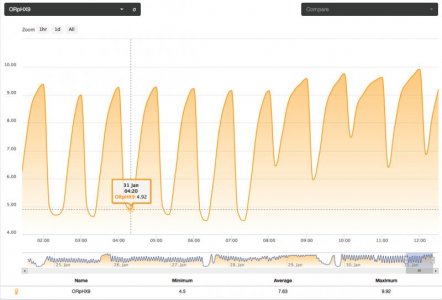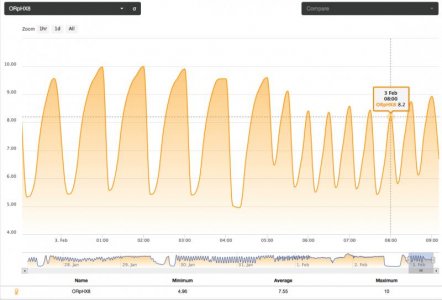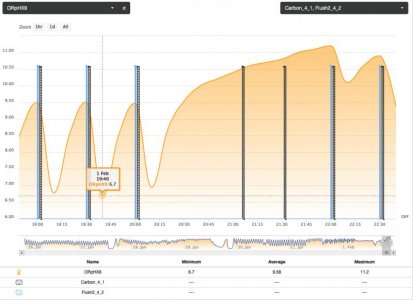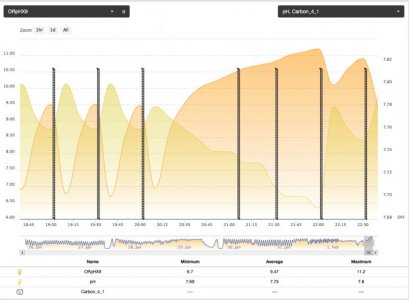Yes. They are the same module/s. You have to tell the Apex that it is an ORP or pH. Then, with pH, you have two calibration options: 7.01 / 10.0 and 7.01 and 4.01.
The 7.01 would equate to 0 mV but the other two would be 175 mV (4.0 pH) and -175 (10.0 pH).
Any idea how to create a -175 mV solution?
The 7.01 would equate to 0 mV but the other two would be 175 mV (4.0 pH) and -175 (10.0 pH).
Any idea how to create a -175 mV solution?

